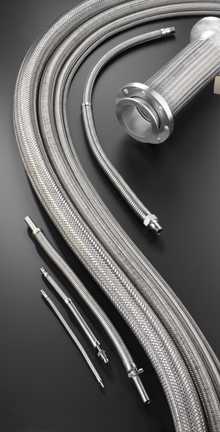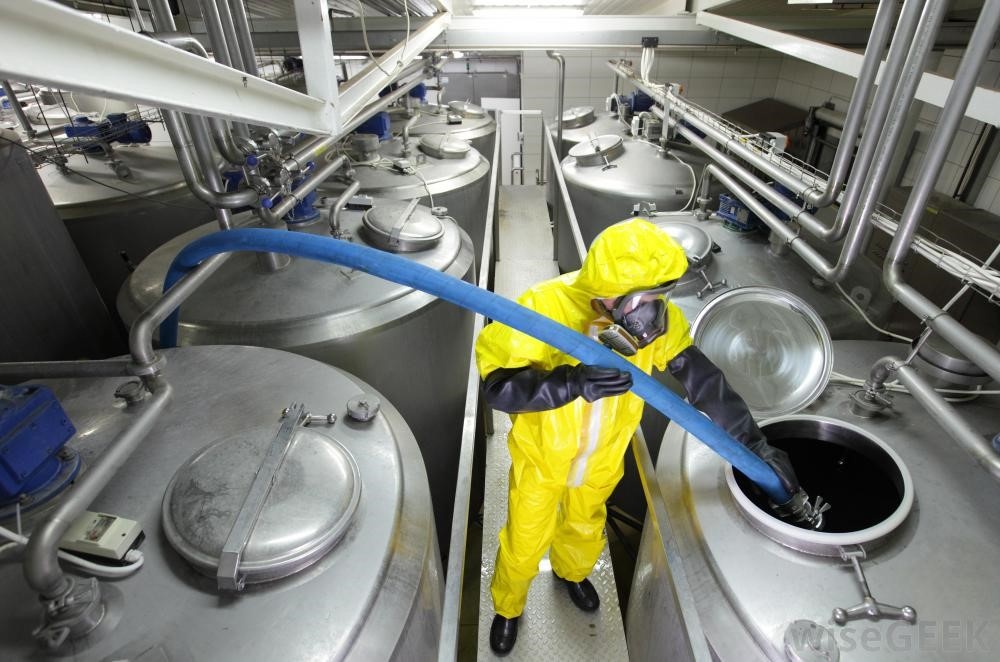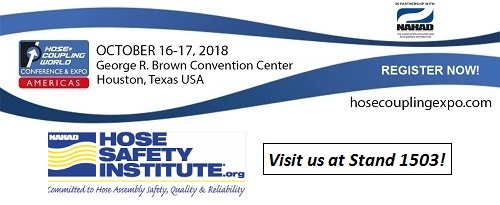Setting Top Safety Standards In An Ever Changing Hose Industry
Competitive pressure on hose pricing is driving companies to deviate from industry standards published by organizations such as the Association for Rubber Product Manufacturers (ARPM) for hose design factors, potentially creating safety issues. Hose assemblies designed and fabricated based on misleading hose design factors have the potential to create serious accidents affecting worker safety, user operations, and the environment. Applications with severe safety and personal injury implications, compounded by intense regulation, ups the stakes considerably.
 NAHAD’s Hose Safety Institute works to provide a comprehensive approach to managing hose assemblies, in an effort to improve worker safety and environmental stewardship, through driving a clear understanding of the design, specification, fabrication, and handling of hose assemblies.
NAHAD’s Hose Safety Institute works to provide a comprehensive approach to managing hose assemblies, in an effort to improve worker safety and environmental stewardship, through driving a clear understanding of the design, specification, fabrication, and handling of hose assemblies.
Institute members are focused on safety for some very good reasons:
- Top line impact - Clients are attracted to vendors who can provide service in the most safe, environmentally sound and cost efficient manner. Providers who can demonstrate processes and strategies which ensure the highest standards of hose integrity will gain more business opportunities and consequently grow their top line revenue.
- Bottom Line Impact - Injuries, environmental impacts and downtime due to hose failures lead to costly direct and indirect expenses, including liability insurance claims and subrogation, which will erode any top line revenue gains. Hoses that have higher integrity – and serve their intended purpose - protect profits.
- Environmental Impact - In certain applications, hose failures can lead to environmental losses which can range from relatively minor to reportable quantity (RQ) level. RQ losses can significantly impact the environment and lead to EPA inspections, regulatory penalties, fines and work delays.
- Human cost - Employees who work for companies with strong hose management programs enjoy higher confidence in their equipment which leads to higher morale and productivity. In certain applications, hose failures can lead to significant injuries, restricted or lost workdays and large medical costs.
Clients prefer to work with companies who understand and can provide solid tools to help address these types of issues. With decades of hose industry experience, NAHAD’s Hose Safety Institute has set the standard for comprehensive industry-consensus guidelines for the design, specification, and fabrication of hose assemblies, providing tools and training for its members. Choosing to do business with HSI members ensures that the safety of your team and your customers is a top priority.
On October 16, 2018, NAHAD will host a special Hose Safety Institute workshop at the Hose + Coupling World Conference & Expo in Houston, TX. The workshop will include introductions to hose assemblies, best practices, proper specifications, installation and handling, as well as case studies on what can go wrong. Don't miss your chance to join us!
About Debbie Mitchell
Ms. Mitchell brings 27 years of experience in corporate education and training to her work over the last 12 years with NAHAD's Hose Safety Institute. Serving as the Standards Manager for NAHAD, she manages the Institute's testing and certificate program in support of hose assembly safety, and works with both specialists from the NAHAD membership and end users across a variety of industries to identify key hose safety issues and generate whitepapers addressing those issues. She has thoroughly enjoyed working with these committed folks, learning a tremendous amount in the process!





